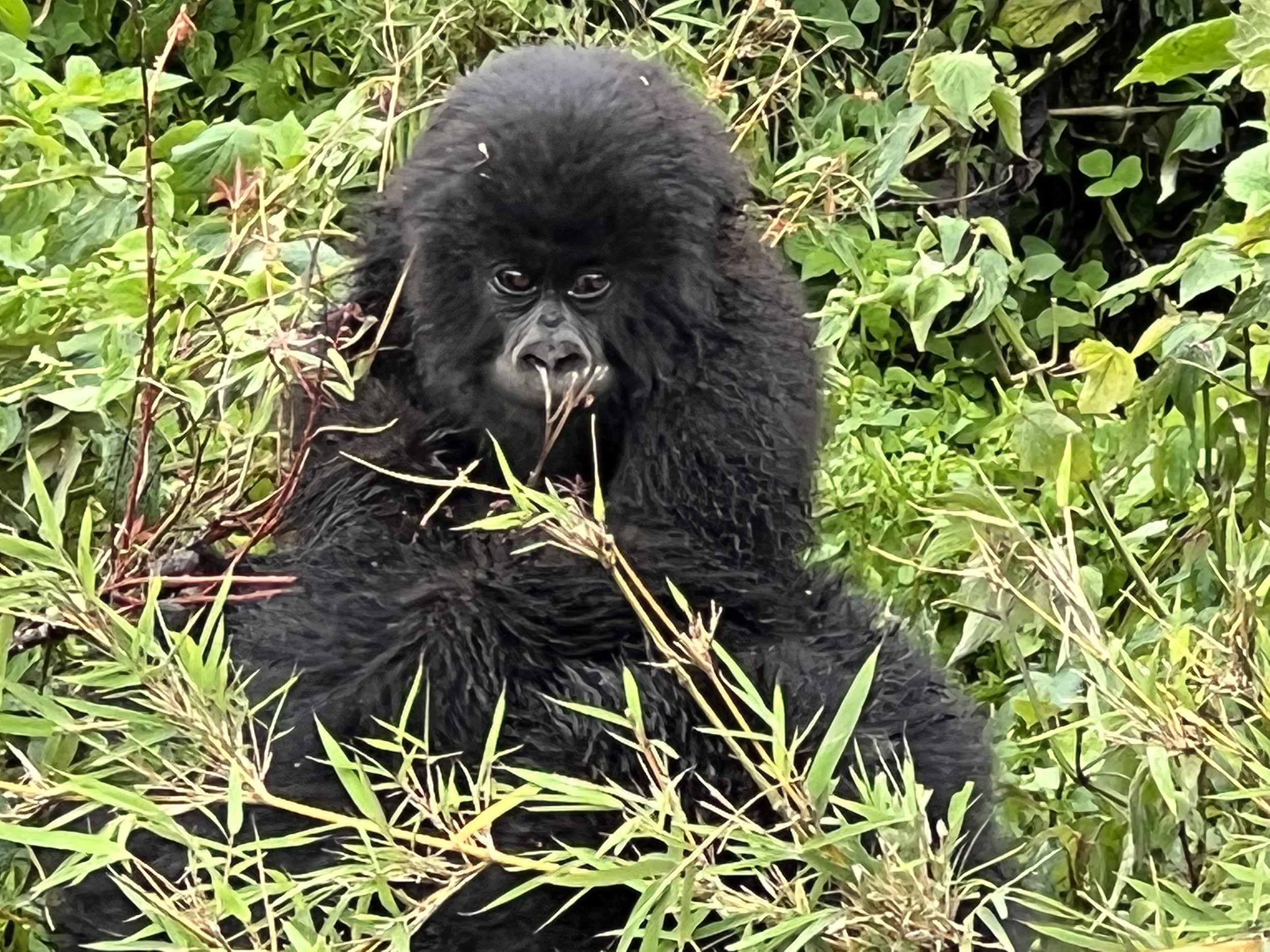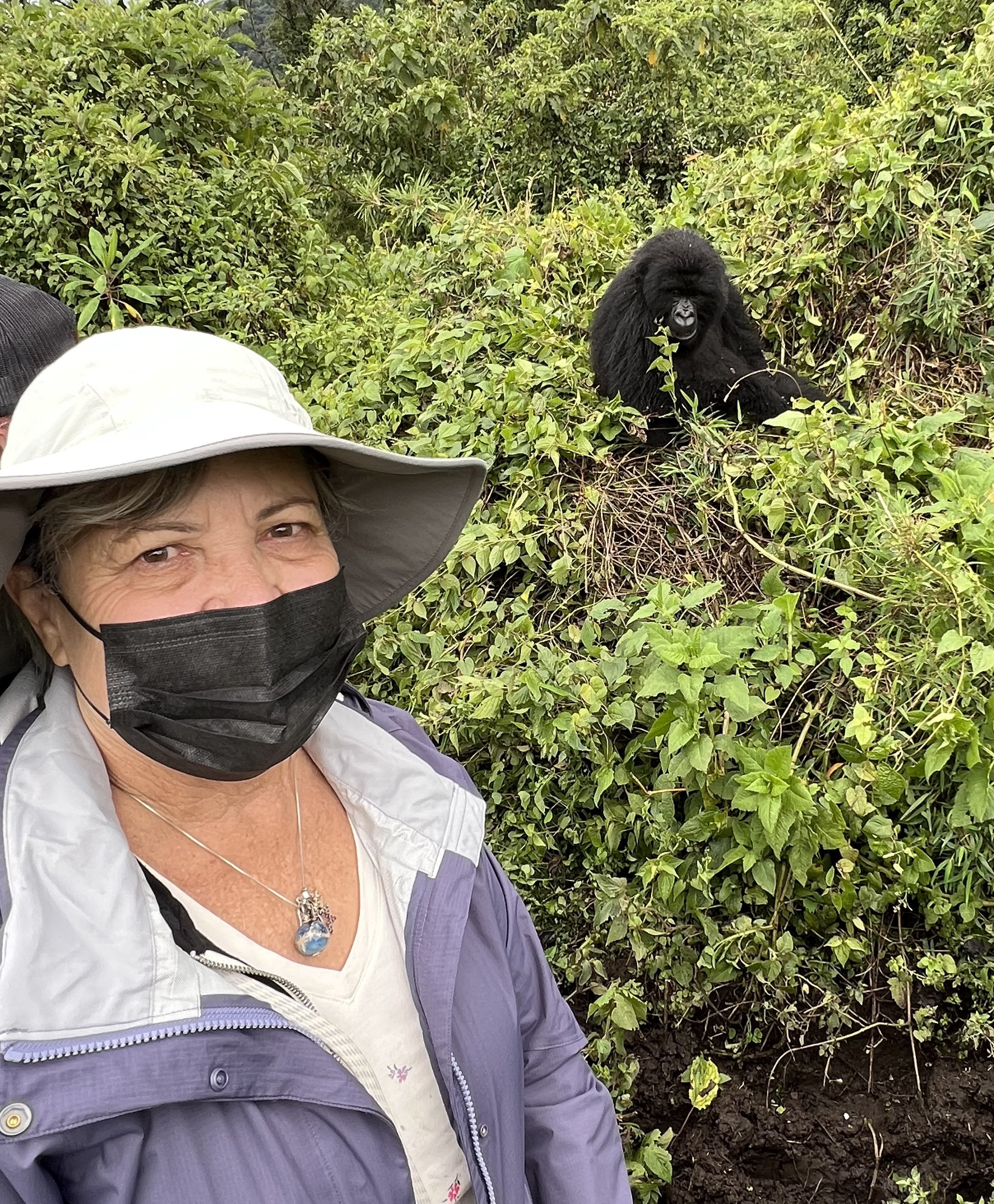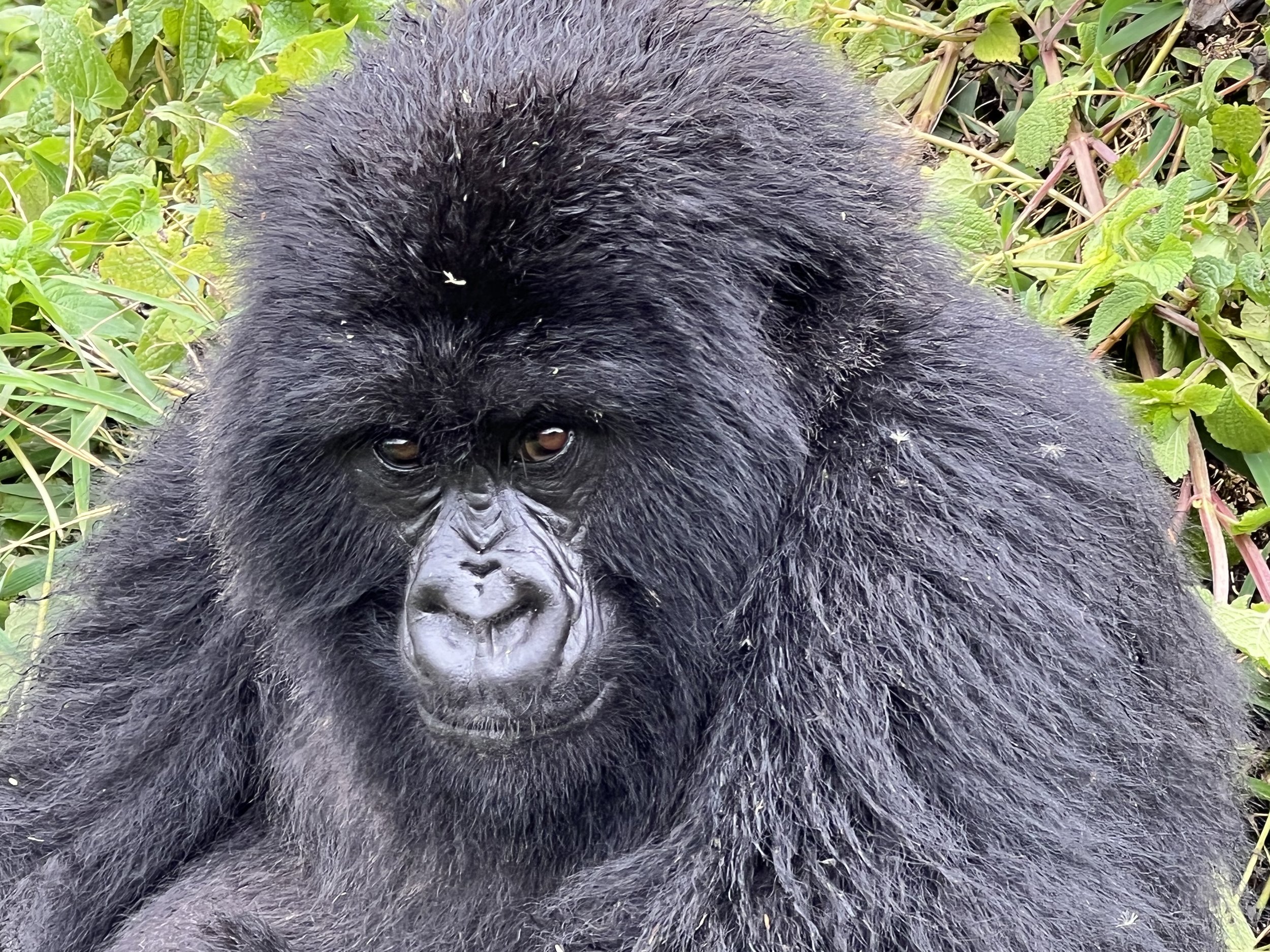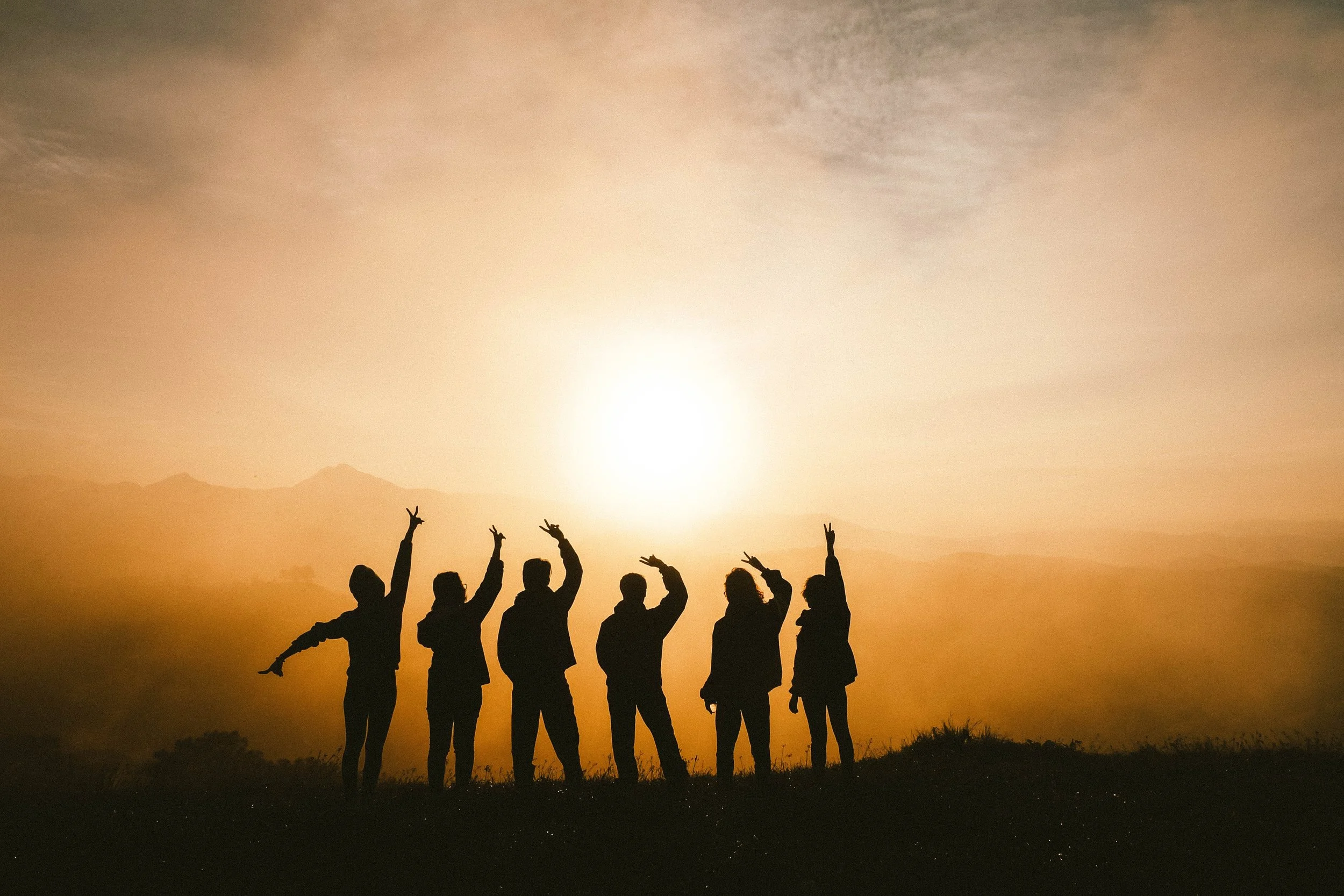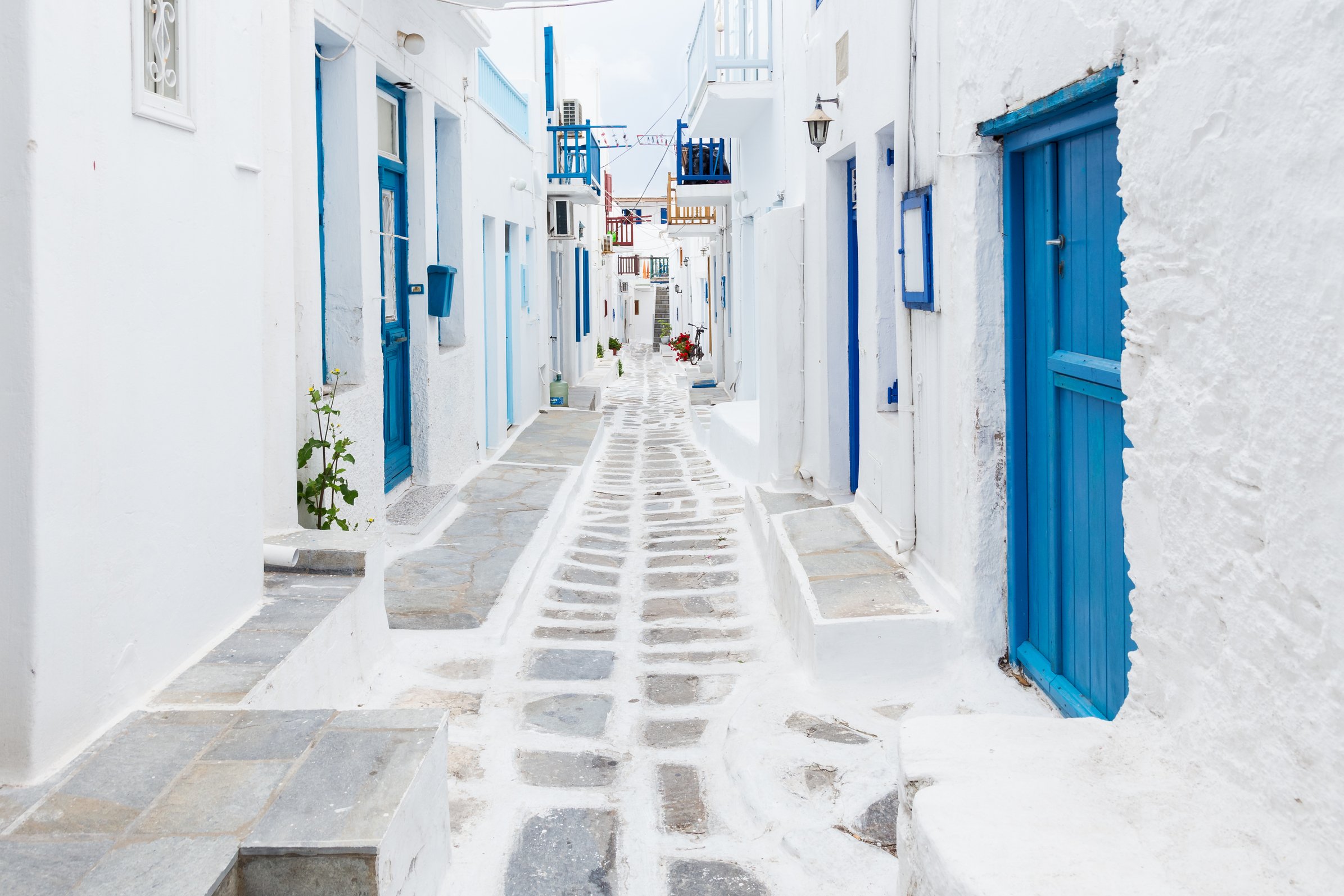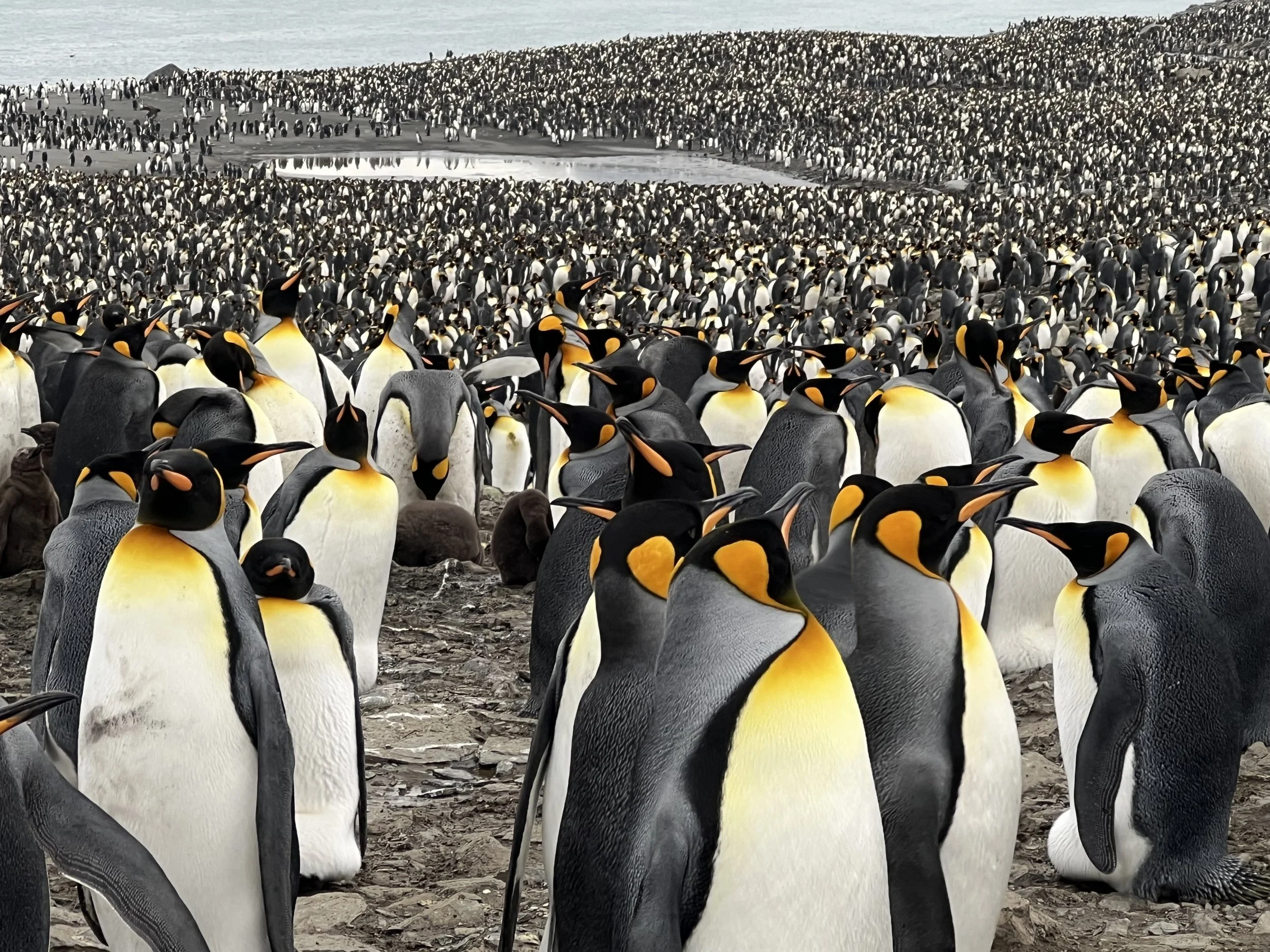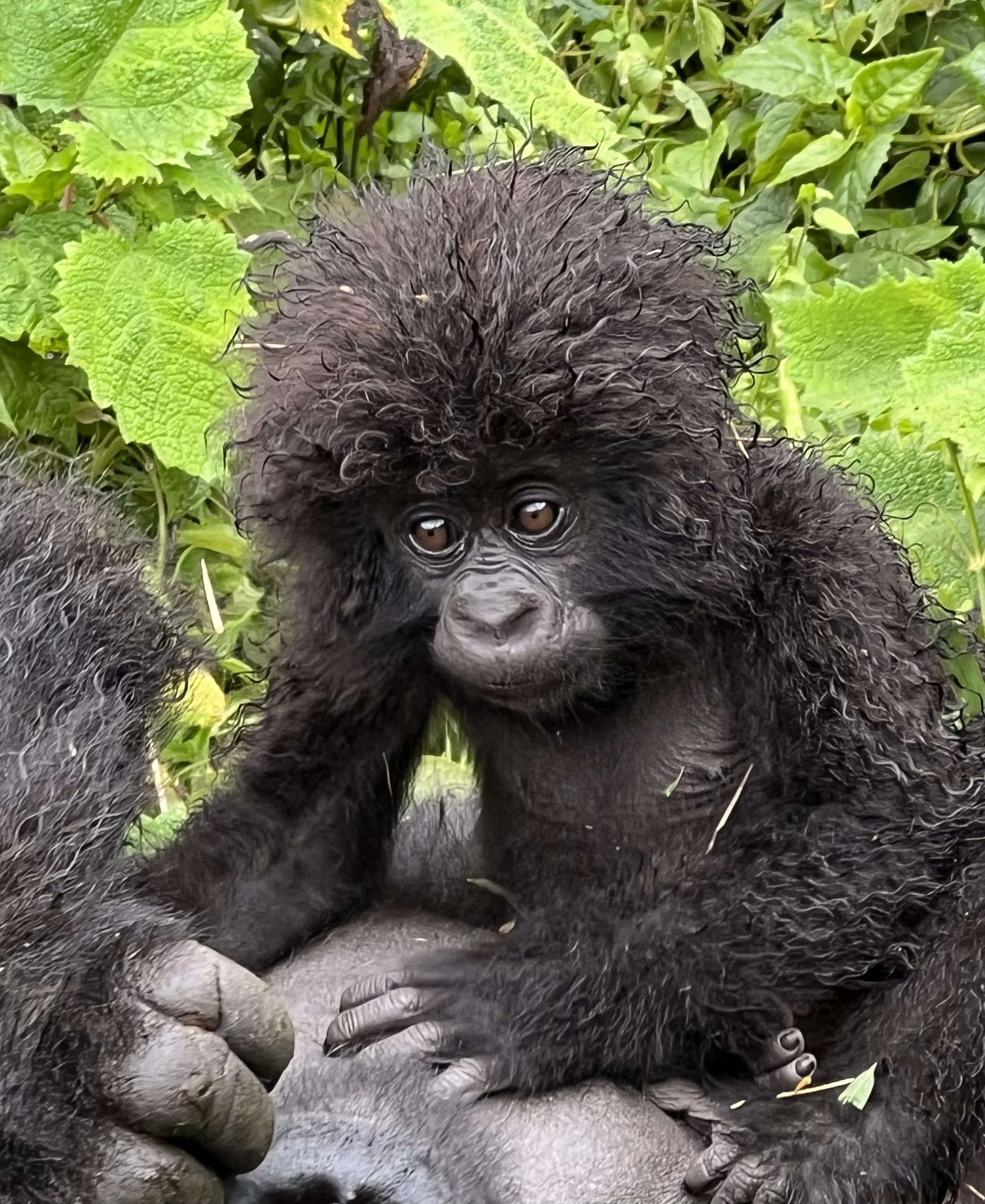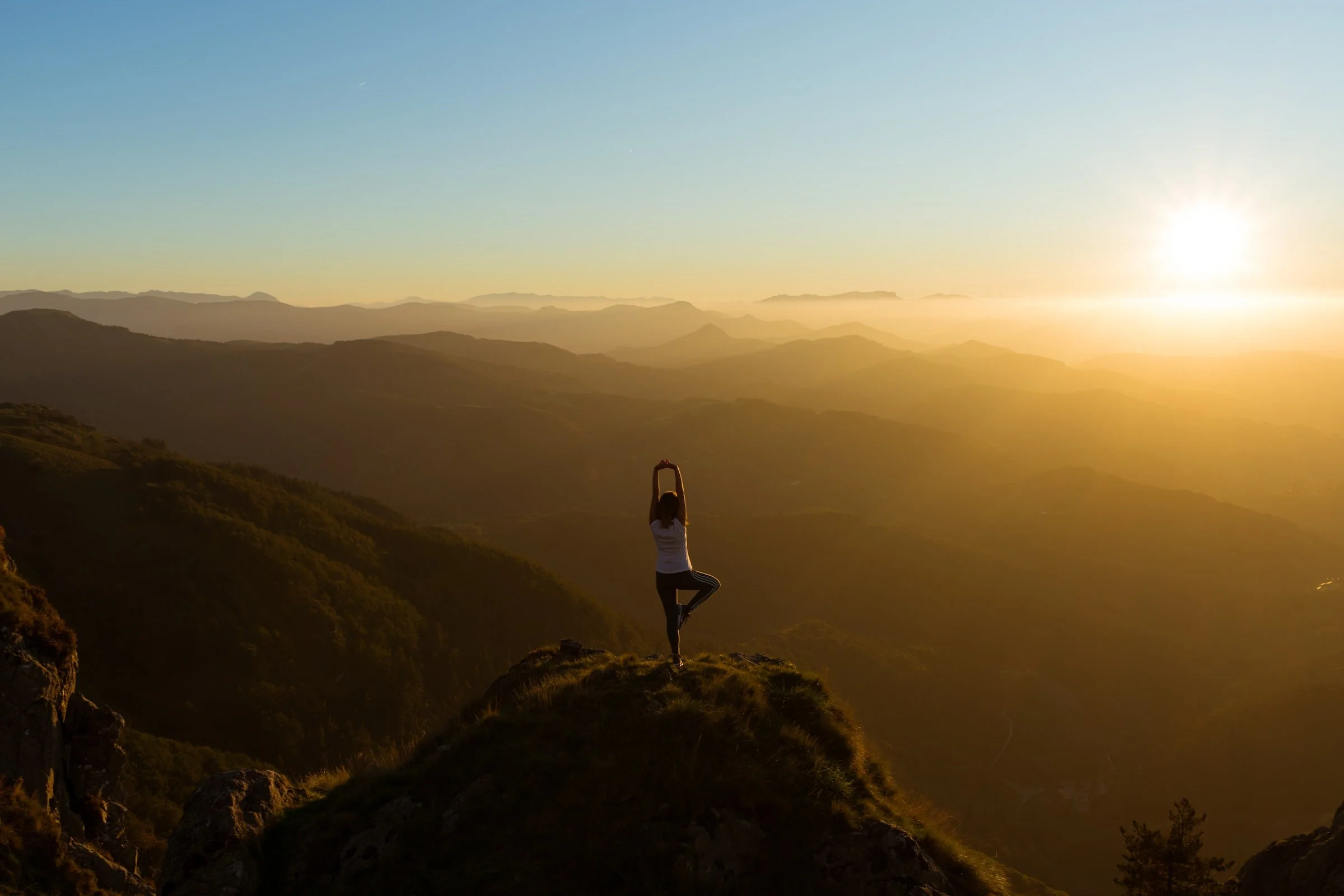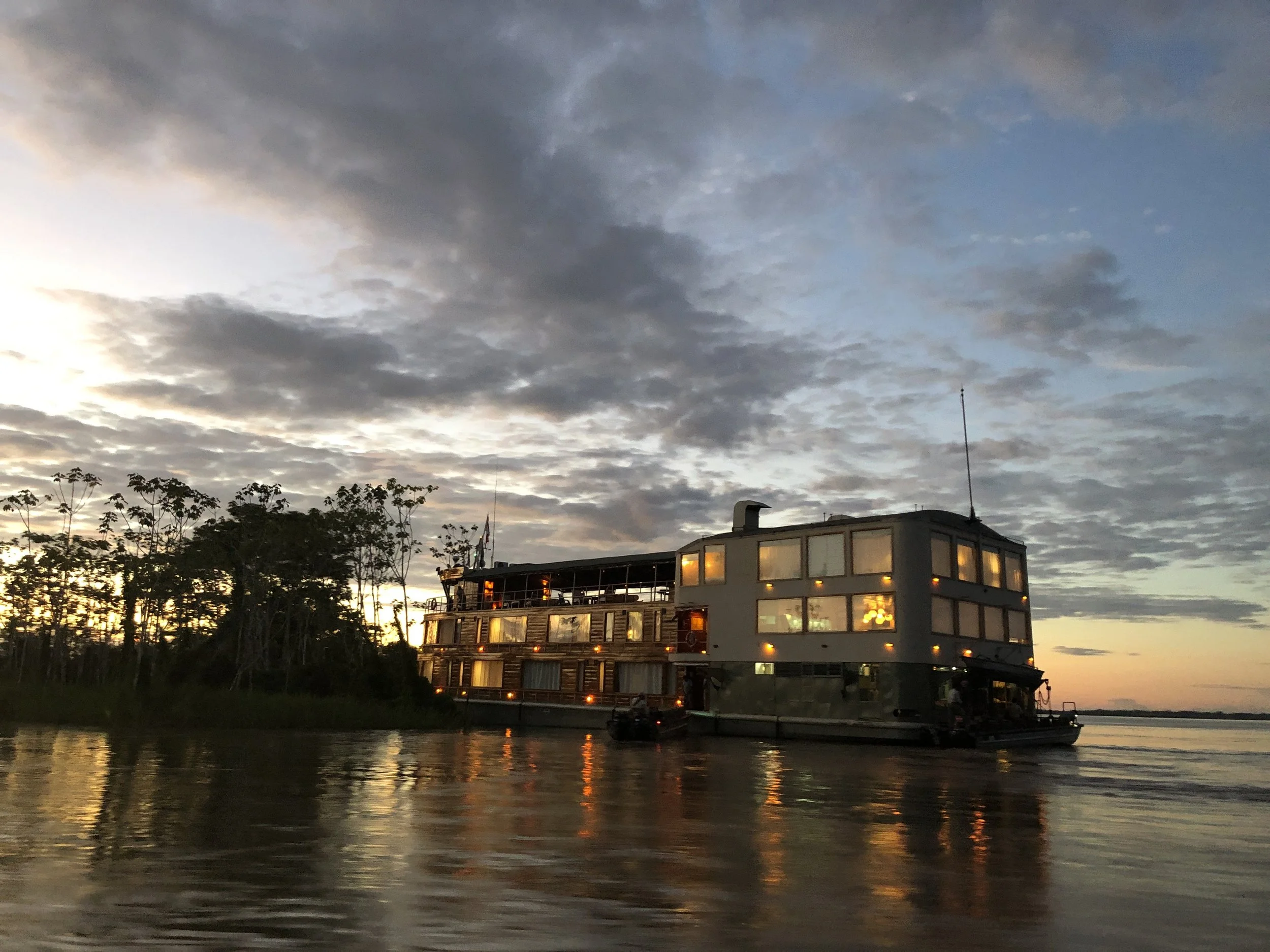Trip of a Lifetime: Trekking with Gorillas in Rwanda, Africa
What is that big vacation you have always dreamt of? For me, I had always dreamed of trekking to see a fully grown silverback mountain gorilla in Africa, and I was thrilled to make that dream come true on a trip to Volcanoes National Park in Rwanda in November.
About the mountain gorillas:
Although they continue to be endangered, there are currently approximately 1,000 mountain gorillas in the world, and the population is slowing growing, thanks to Dian Fossey and her efforts to save these majestic animals. Most live in Rwanda, Uganda and the Democratic Republic of Congo, across the 5 volcanoes in the region where the 3 countries meet.
In an effort to continue protecting them, only 96 permits are issued per day within Volcanoes National Park. Very early each morning, trackers visit the region’s 12 habituated families to determine the health of each member of the family, and to get a sense of where the families are located, so that as the small groups of tourists head out, the guides and porters have a general idea of where to head.
Tell us about your experience:
Around 7 am, those with a permit meet at the park and are assigned to family groups. We choose an “easy” hike…which ended up being about an hour trek through a very muddy field and then about 40 minutes in the jungle, with guides & porters with machetes clearing a path through the rain forest.
We then stopped, as we could hear the gorillas, and the guides were determining which way to head, when suddenly, the family was walking through our group of 8 guests (plus the guides and porters)! We scrambled to get out of their way as they were literally inches from us, put on our masks (in order to protect the gorillas from any illness that we could spread to them) and grabbed our cameras. It was beyond exhilarating and unreal!
Our family, the Amphora family, is known as one of the most peaceful in the park. There are about 22 family members including 1 large silverback, young males, females, juveniles and one infant.
We watched, mesmerized, as the family pretty much ignored us, even though we were just feet from them. The juveniles didn’t stop playing with each other and swinging from bamboo branches. The adults were eating, resting, wandering around, and interacting with the kids. Occasionally, they would walk right up to us, and we’d scramble to get out of their way…trying to stay a few feet away.
Once you have located the family, the permit allows for one hour with the gorillas. That hour flew by, and after probably 500 photos and a full heart, it was time to go! The experience truly exceeded my expectations, and it is something I will never, ever forget.
What should travelers know before embarking on a gorilla trekking adventure?
When trekking, the elevation starts at about 9600 feet. Living at 7000 feet, I didn’t personally have a problem, but others felt the altitude.
You can opt for an easier or more challenging hike, but travelers should be in at least decent physical walking shape for the trek.
As it is a dense rainforest, the terrain is very muddy and can be a little bit unstable.
Permits to visit the gorillas must be booked at least 6 months in advance, and can be done through a travel advisor, such as Journeys Around the World.
Tell us more about Rwanda as a destination:
I was so impressed by Rwanda’s focus on sustainability, clean living, and protecting the environment. Kigali is the cleanest city, and they have banned single use plastic bags since 2008, they have a car-free day every month, as well as a monthly day of community cleanup. Plus, with over 60% of its parliament members being female, Rwanda has the highest percentage of women in the parliament in the world.
What else is there to do in Rwanda?
Continue the animal sightings! Rwanda is also home to chimpanzees and golden monkeys, and treks to see these animals are popular additions to the mountain gorillas.
Add a “traditional” safari experience to your trip. We went on safari in Rwanda at Akagera National Park…where we saw lions, giraffes, elephants, hippos, rhino and more. I’ll tell you about more about my safari in Rwanda and Botswana next month.
Learn about Rwanda’s history. We visited the genocide museum in Kigali which explained how the genocide between the Hutus and Tutsis in 1994 occurred, and about how survivors have chosen to forgive and think of themselves as Rwandan’s rather than different ethnic groups. Their “Saturday Workdays” is one way they continue to promote civic pride and togetherness.
Ready to experience your own adventure of a lifetime? I am ready to help you plan the trip of your dreams!


